How to Import Food Processing Equipment from China
Importing food processing equipment from China can be a profitable decision for manufacturers, food factories, and entrepreneurs. China is home to world-class food machinery suppliers offering competitive prices, advanced technology, and flexible customization.
However, the import process requires careful planning to avoid delays, compliance issues, and unexpected costs. This guide explains the step-by-step process for importing food processing equipment from China, from supplier selection to delivery.
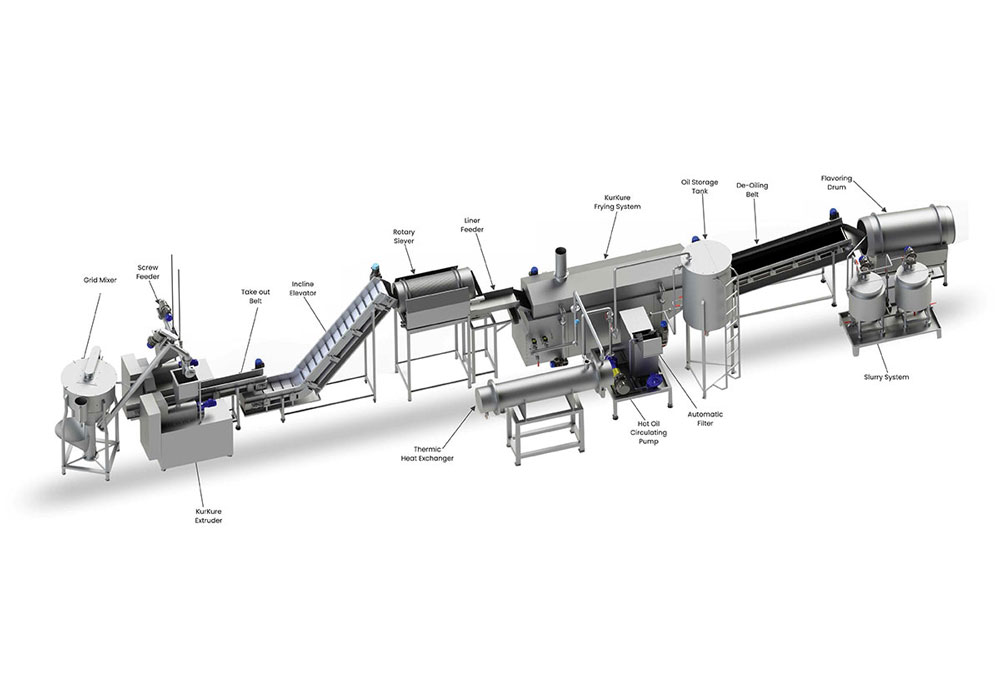
1. Step 1 – Define Your Equipment Requirements
Before contacting suppliers, prepare a detailed specification sheet:
Type of equipment (e.g., bakery line, snack food line, beverage bottling system)
Production capacity (units per hour or tons per day)
Power requirements (voltage, frequency)
Material and hygiene standards (e.g., stainless steel 304/316L)
Automation level (manual, semi-automatic, fully automatic)
🔗 Related reading: China Food Processing Production Line Manufacturers
2. Step 2 – Research and Shortlist Suppliers
Use multiple sources to find reliable food processing equipment suppliers in China:
B2B platforms like Alibaba, Made-in-China, Global Sources
Industry trade shows such as China International Food Processing and Packaging Machinery Exhibition (CIPPME)
Recommendations from existing importers
Check:
Years in business
Export experience
Certifications (CE, ISO9001, HACCP)
Customer reviews and case studies
3. Step 3 – Request Quotations and Compare Offers
When contacting suppliers, provide your specification sheet and request:
Detailed product specifications
Price breakdown (equipment cost, optional accessories, spare parts)
Lead time
Warranty terms
Payment conditions
Compare offers based on total cost of ownership, not just initial price.
🔗 See more: China Food Machinery Export Statistics
4. Step 4 – Verify Supplier Credibility
To avoid scams or low-quality suppliers:
Check business licenses on the National Enterprise Credit Information Publicity System
Use third-party inspection companies (e.g., SGS, TÜV)
Visit the factory in person or request a virtual tour
5. Step 5 – Negotiate Contract Terms
Include in the contract:
Product specifications and drawings
Production timeline
Payment terms (usually 30% deposit, 70% before shipment)
Quality inspection requirements
After-sales support details
6. Step 6 – Arrange Quality Inspection
Before shipment, arrange a Pre-Shipment Inspection (PSI):
Functional testing of machinery
Verification of safety and compliance labels
Visual inspection for defects or damage
This helps prevent expensive mistakes and returns.
7. Step 7 – Handle Shipping and Customs
7.1 Shipping Options
Sea Freight – Best for large, heavy machinery (lower cost, longer delivery)
Air Freight – Faster but more expensive, used for urgent shipments
7.2 Required Documents
Commercial invoice
Packing list
Bill of lading or airway bill
Certificate of origin
CE or HACCP certification (if required by your country)
Work with an experienced freight forwarder to manage customs clearance and avoid delays.
8. Step 8 – Installation and Training
Most suppliers offer:
On-site installation by technicians
Remote installation guidance via video
Operator training for safety and efficiency
🔗 Explore: Automated Food Processing Solutions
9. Step 9 – After-Sales Support and Spare Parts
Before purchase, confirm:
Warranty duration (usually 12–24 months)
Spare parts availability and delivery time
Technical support channels (phone, email, video)
10. Tips for a Successful Import
Always request machine test videos before shipment
Consider modular designs for easier upgrades
Buy from suppliers with export experience in your country
Keep communication clear to avoid misunderstandings
Conclusion
Importing food processing equipment from China can give your business a competitive advantage in cost, production capacity, and technology. By following a structured import process — from supplier research to quality inspection — you can reduce risks and ensure you receive equipment that meets your production needs.
📞 Contact us: Get a Verified Supplier List for Food Processing Equipment
Must-Read Blogs For Chain Restaurants Owner

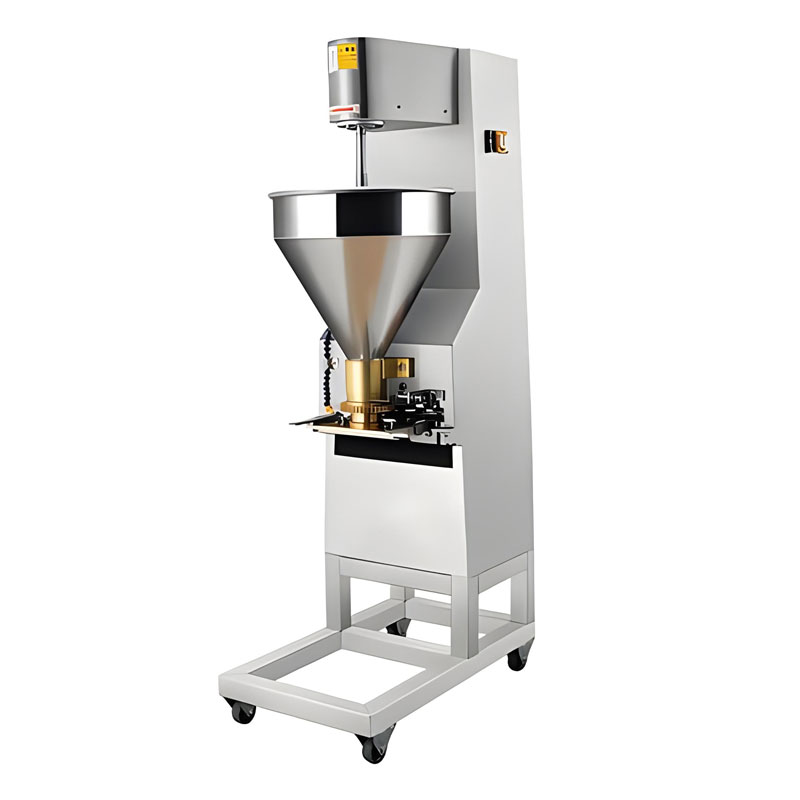
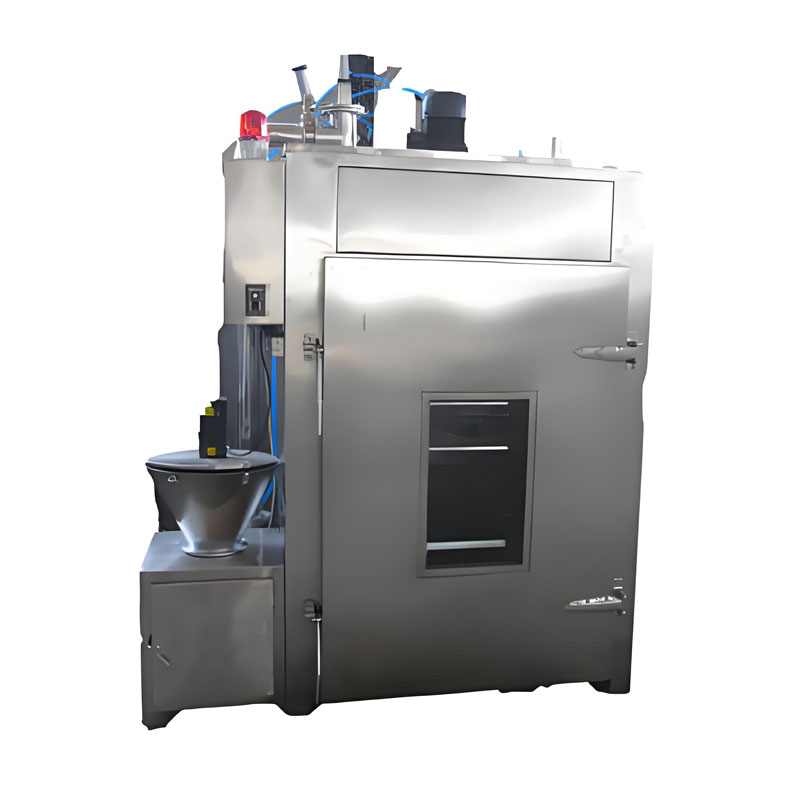
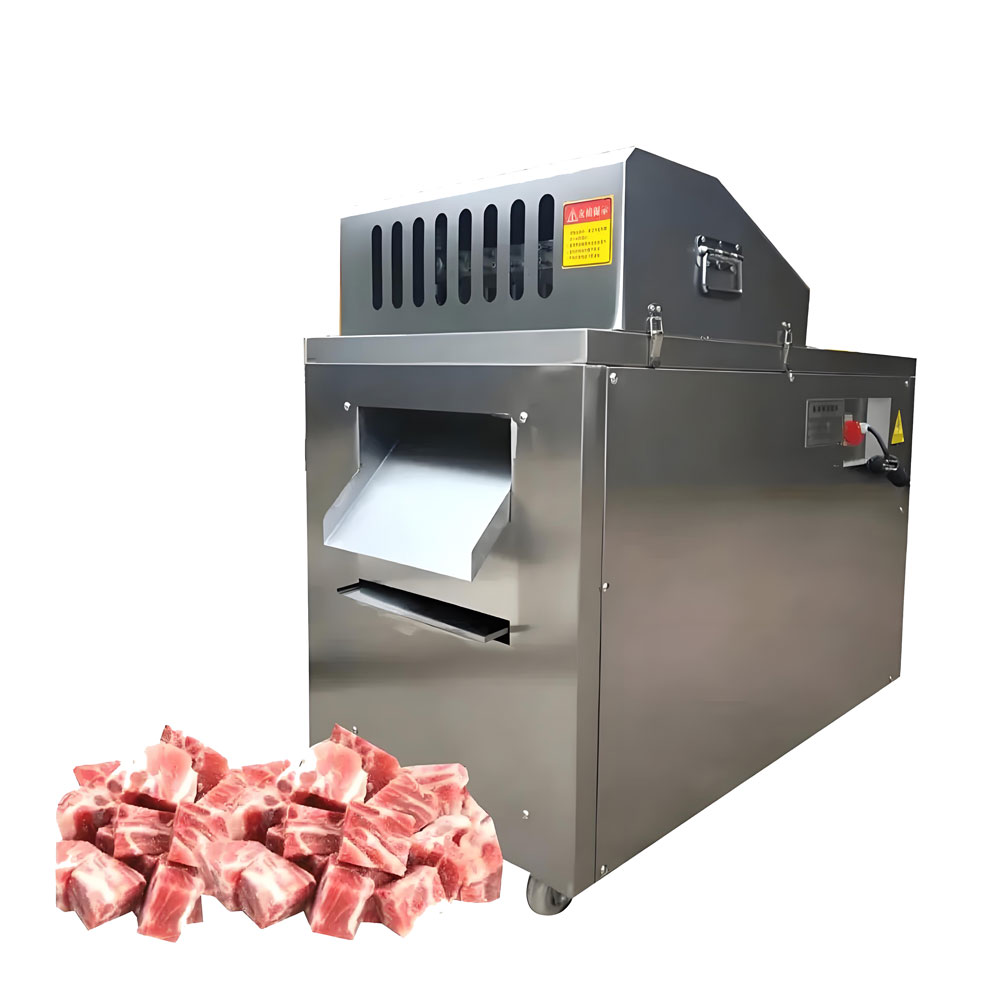

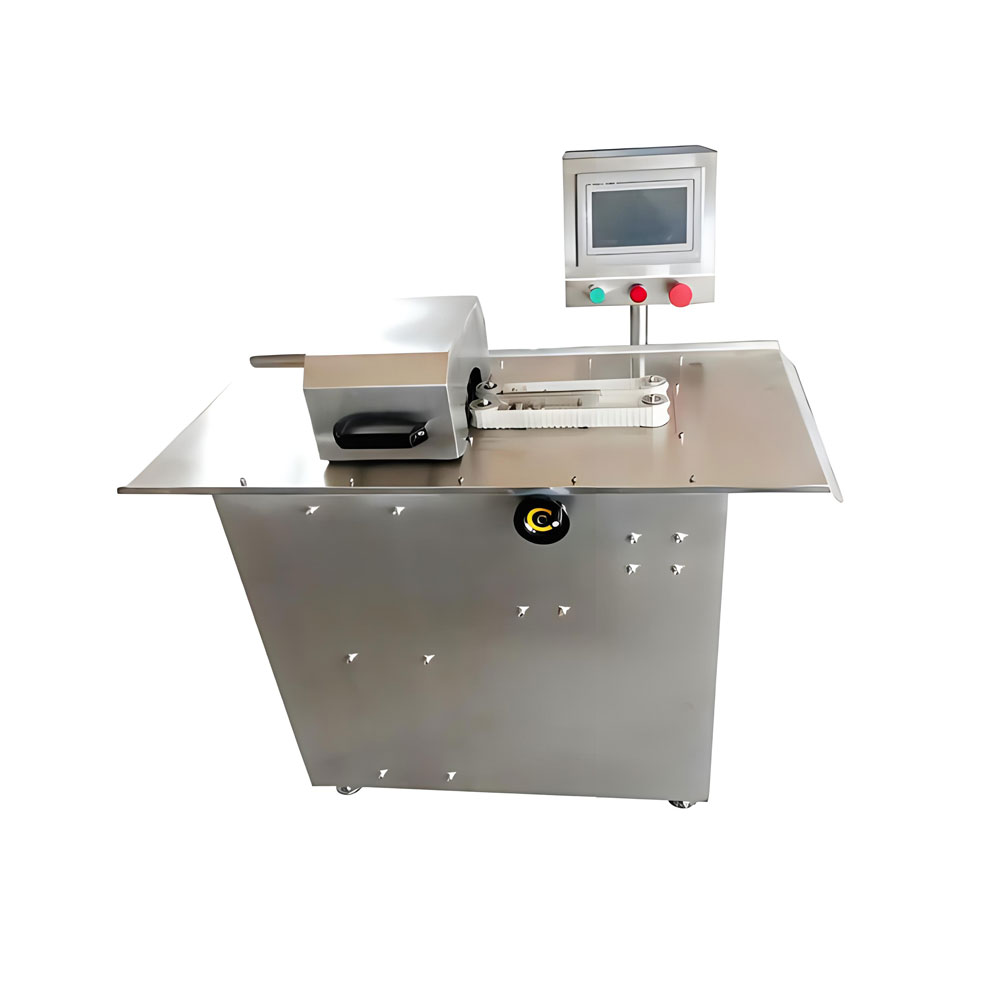
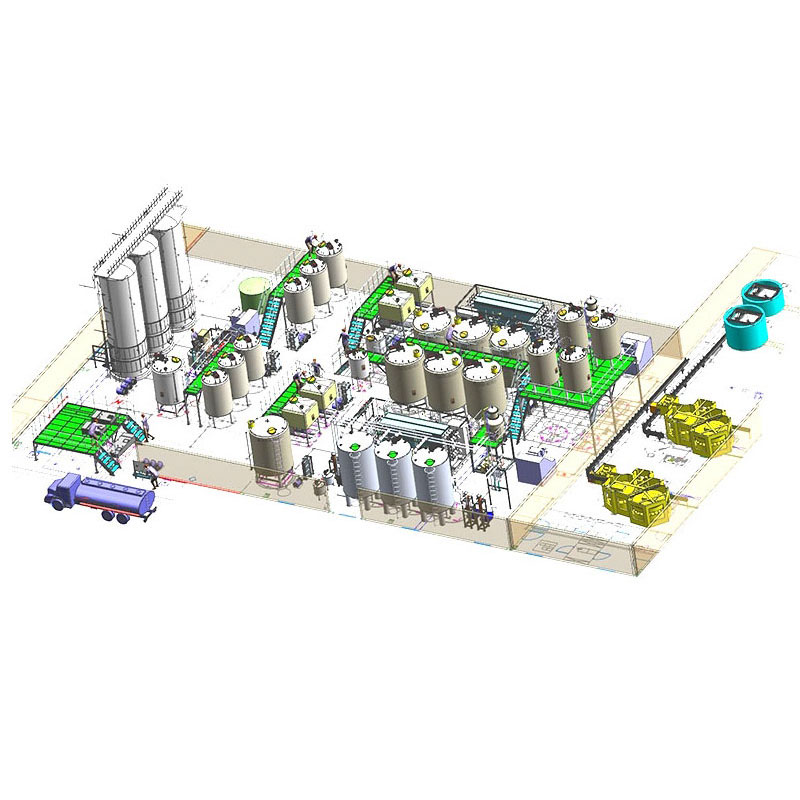
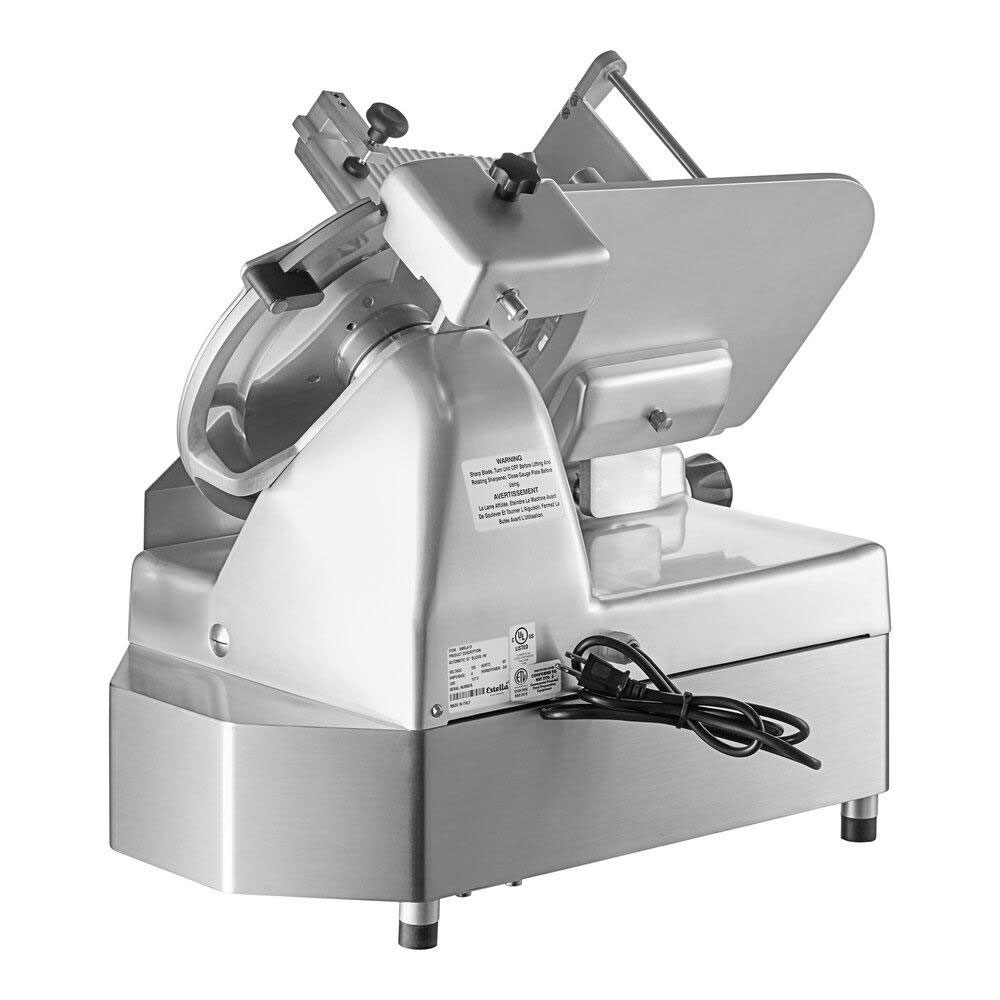
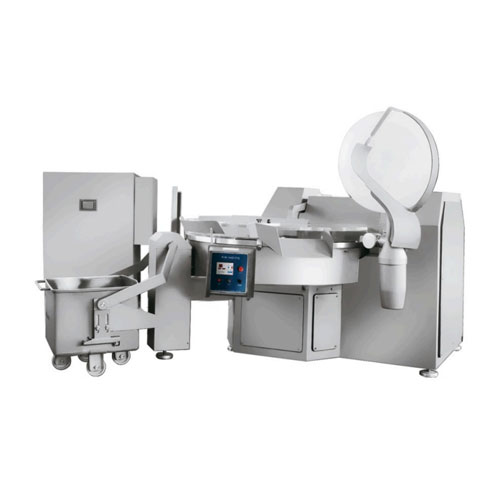
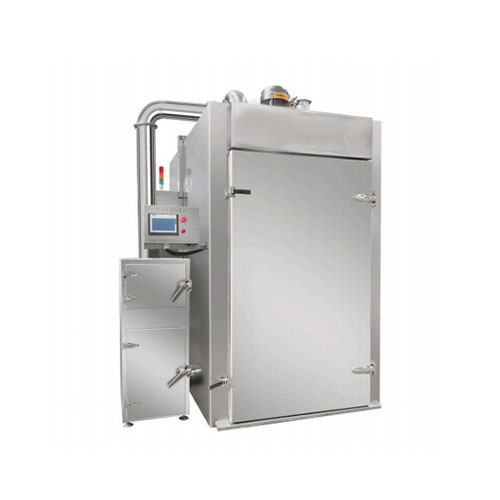
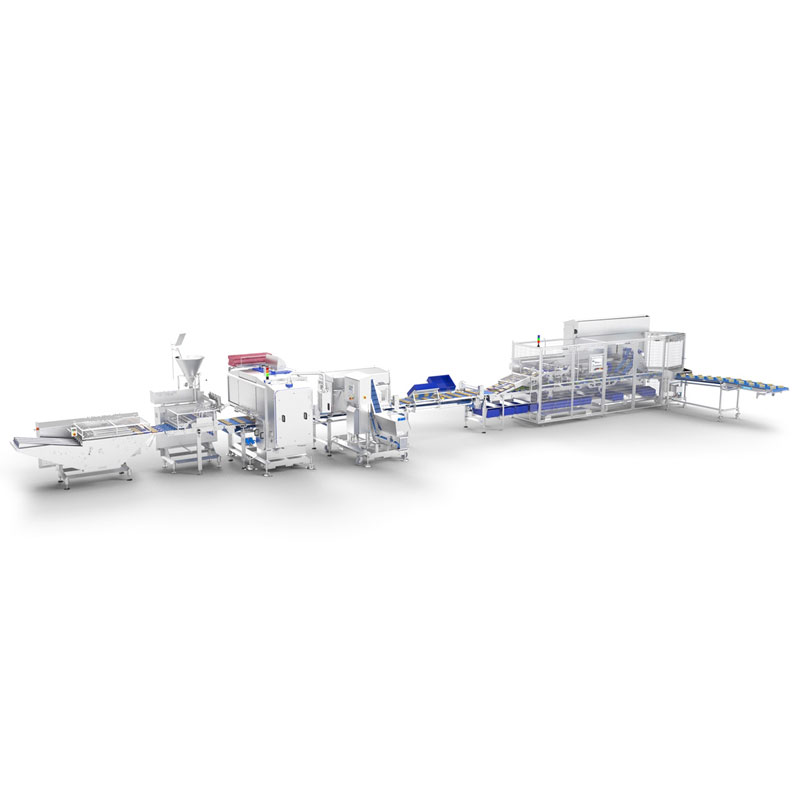
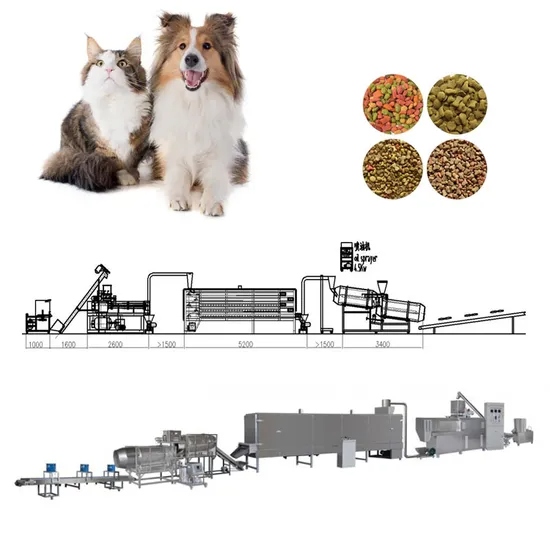 Dry Pet Food Production Line
Dry Pet Food Production Line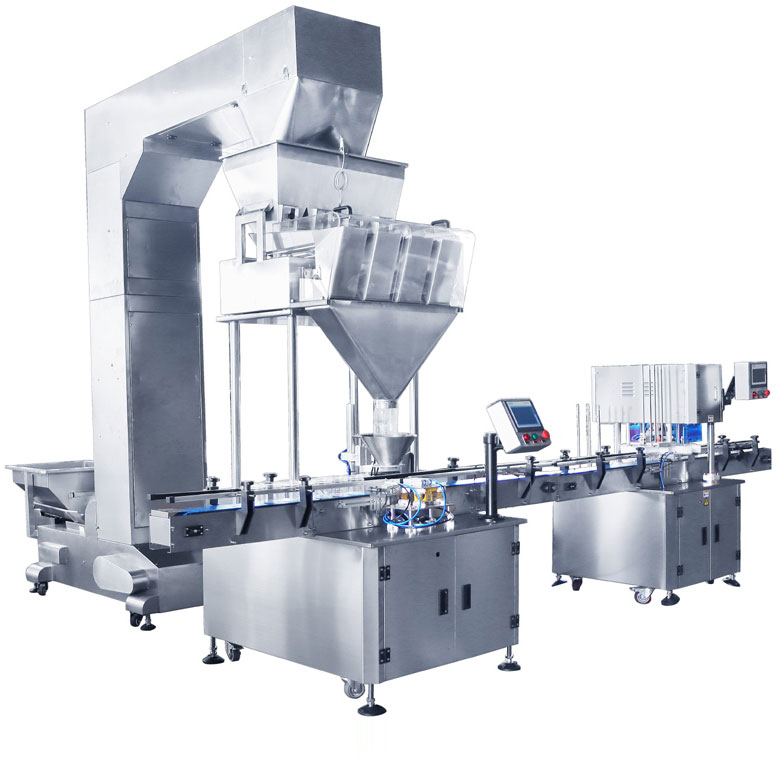 Canned Food Filling And Sealing Line
Canned Food Filling And Sealing Line Spinach Canned Canned Food Canning Production Line
Spinach Canned Canned Food Canning Production Line Sardine Canned Food Production Line
Sardine Canned Food Production Line
Ready to Get Started?